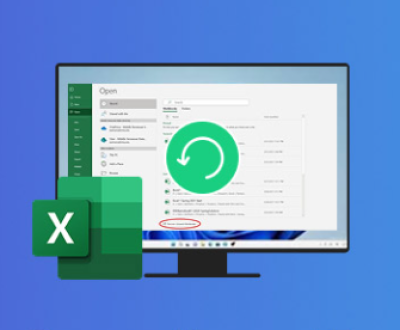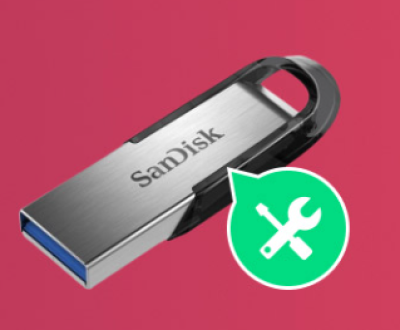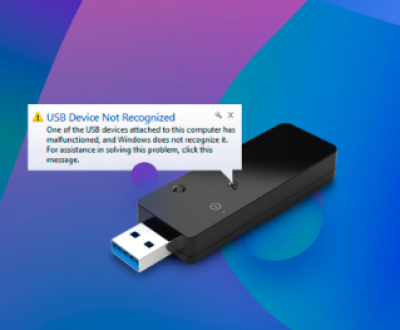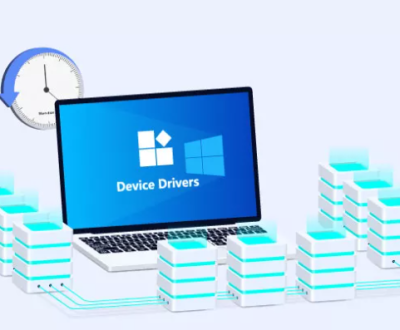They offer impressive performance, rapid boot times, and resistance to physical shock. However, with the increasing adoption of SSDs across laptops, desktops, servers, and even gaming consoles, a critical question arises: can data be recovered from an SSD?
SSD Technology
To grasp the challenges of SSD data recovery, it’s essential to understand how these devices function. SSDs store data using NAND flash memory, which has no moving parts. Unlike HDDs, where data is written to and read from spinning magnetic platters, SSDs manage data electronically via memory cells.

Key Features of SSDs:
Faster data access and write speeds
Low power consumption
Smaller form factor
More resistant to shock and vibration
SSDs use a controller to manage where data is stored, employing complex algorithms like wear leveling and garbage collection. These processes optimize performance and lifespan, but they can complicate recovery efforts.
Common Causes of Data Loss on SSDs
Data loss can occur on SSDs for various reasons, many of which are similar to those affecting HDDs, but with some unique complications due to SSD architecture:
Accidental file deletion
Partition corruption
File system damage
Firmware failure
Power surges or outages
Physical damage (less common)
TRIM command complications
The TRIM command, in particular, plays a significant role in SSD data loss. It’s designed to inform the SSD which data blocks are no longer in use and can be wiped internally. While this improves performance, it can also make data recovery more difficult because deleted data may be erased permanently by TRIM.
Can Data Be Recovered from an SSD?
1. When TRIM Is Enabled
When TRIM is enabled (as it usually is by default on modern systems), data recovery becomes extremely difficult. Once the system flags a file for deletion and TRIM processes it, the SSD wipes that data irreversibly.
2. When TRIM Is Disabled
If TRIM is disabled—either manually or due to older OS or SSD models—deleted data may remain in the memory cells until it’s overwritten. In these cases, data recovery is more feasible using specialized software.
3. In Cases of Logical Failure
Logical failures like corrupted partitions, accidental formatting, or system crashes may allow for full or partial data recovery, provided TRIM hasn’t already wiped the data.
4. In Cases of Physical or Firmware Failure
When an SSD suffers from hardware issues or firmware corruption, recovery is more complex and typically requires professional intervention, including tools that interface directly with the NAND chips or controller.
Tools and Software for SSD Data Recovery
There are numerous tools available for recovering lost data from SSDs. The success of these tools depends on whether TRIM has erased the data and whether the SSD is still functional.
Recommended Tools:
Panda Assistant – Known for its simple interface and effectiveness with SSDs that have not run TRIM.
Panda Assistant is a user-friendly and powerful data recovery solution designed to help individuals and professionals recover lost or deleted files from a wide range of storage devices, including SSDs. It stands out for its intuitive interface, advanced scanning algorithms, and compatibility with modern storage technologies, making it especially effective in scenarios where SSD recovery is possible but complex.
One of Panda Assistant’s biggest strengths lies in its ability to recover data from SSDs where TRIM is not enabled or active. Whether you’ve accidentally deleted important documents, formatted a drive by mistake, or experienced a partition loss, Panda Assistant offers guided recovery workflows that minimize the technical burden on users. It supports recovery from various file systems including NTFS, FAT32. exFAT, HFS+, and ext4. and handles everything from photos and videos to email archives and system files.
Unlike some overly technical recovery tools, Panda Assistant is designed for accessibility without sacrificing power. With just a few clicks, users can initiate deep scans, preview recoverable files, and selectively restore the data they need. Additionally, the tool offers a free trial version that allows users to assess file recoverability before committing to a full license.
Professional SSD Data Recovery Services
When software solutions aren’t sufficient, turning to professionals is often the best choice. Expert recovery services have access to:
Cleanroom facilities for disassembling and analyzing drives
Proprietary software and hardware tools
Engineers skilled in NAND-level data reconstruction
These companies offer free evaluations and “no recovery, no fee” policies, which means you don’t pay unless data is successfully recovered. They’re equipped to handle everything from logical errors to firmware-level corruption.
Case Studies: Successful SSD Recoveries
Case 1: Laptop SSD Formatted During OS Installation
A user accidentally formatted an SSD during a Linux OS install. With TRIM disabled, a recovery tool was able to retrieve over 80% of files, including documents and photos.
Case 2: SSD Firmware Corruption
A corporate SSD in a workstation failed due to firmware errors. A professional recovery firm accessed the NAND chips directly and restored critical client data within four days.
Case 3: Accidental Deletion on External SSD
Using Panda Assistant, a photographer recovered over 300 deleted RAW image files from a portable SSD where TRIM was not supported.
Factors That Affect SSD Data Recovery Success
Several variables influence whether SSD data can be recovered:
TRIM Status – Active TRIM generally means lower chances of recovery.
Time Since Deletion – The longer you use the drive after data loss, the higher the risk of overwriting.
Drive Health – Failing NAND chips or controllers can limit access.
OS and File System – Recovery differs on NTFS, APFS, ext4. etc.
Encryption – Encrypted drives add an extra layer of complexity.
Acting quickly and avoiding new writes to the SSD are your best chances of recovery.
Preventing Data Loss on SSDs
Proactive strategies can drastically reduce your risk of losing valuable data:
Enable and configure automatic backups
Use cloud services with versioning
Monitor SSD health using tools like CrystalDiskInfo
Avoid using full disk encryption without backups
Don’t defragment SSDs – it adds wear without benefit
Turn off TRIM in certain cases where recoverability is critical
Conclusion: SSD Recovery Is Possible, But Conditional
While recovering data from an SSD is undoubtedly more complex than from an HDD, it’s far from impossible. The viability of recovery depends heavily on factors like TRIM activity, how quickly you act, and the type of failure experienced. Software tools can be effective in many scenarios, especially when TRIM is disabled or not supported, but in more severe cases, professional data recovery services may be your best bet.
About us and this blog
Panda Assistant is built on the latest data recovery algorithms, ensuring that no file is too damaged, too lost, or too corrupted to be recovered.
Request a free quote
We believe that data recovery shouldn’t be a daunting task. That’s why we’ve designed Panda Assistant to be as easy to use as it is powerful. With a few clicks, you can initiate a scan, preview recoverable files, and restore your data all within a matter of minutes.

 Try lt Free
Try lt Free Recovery success rate of up to
Recovery success rate of up to









